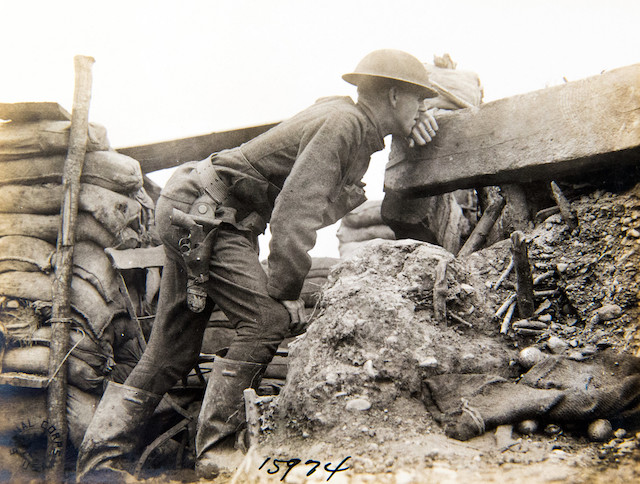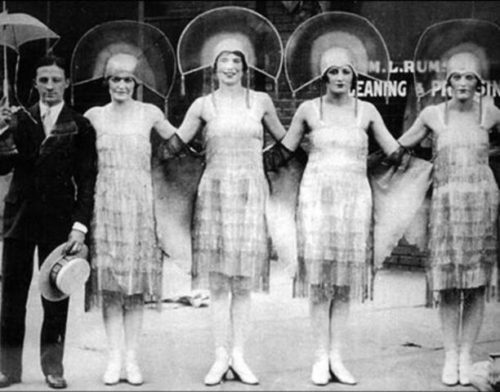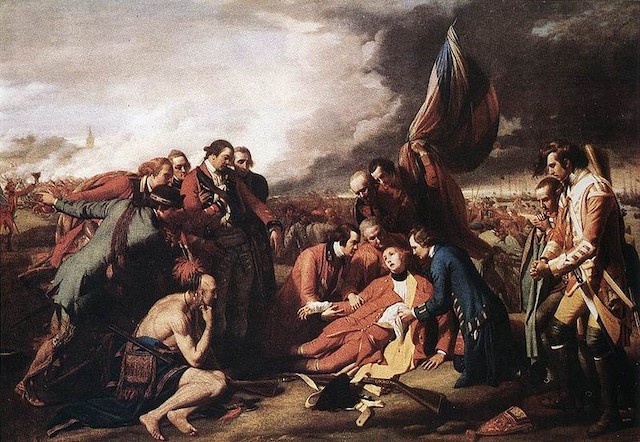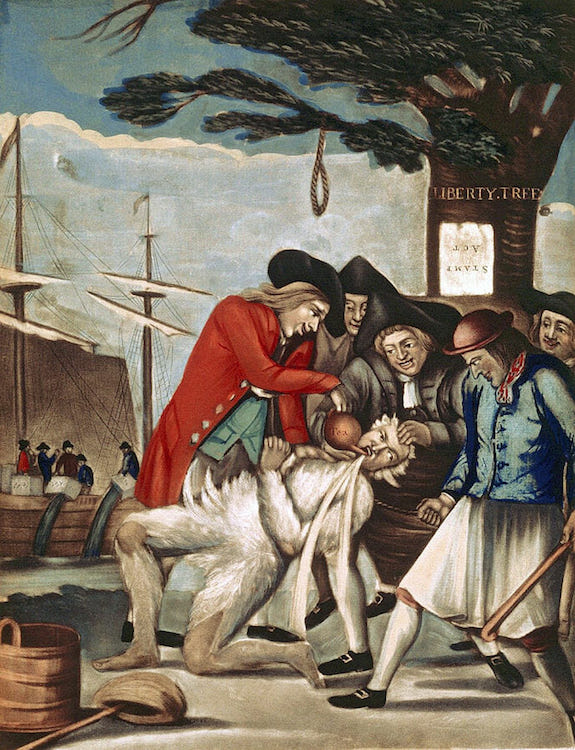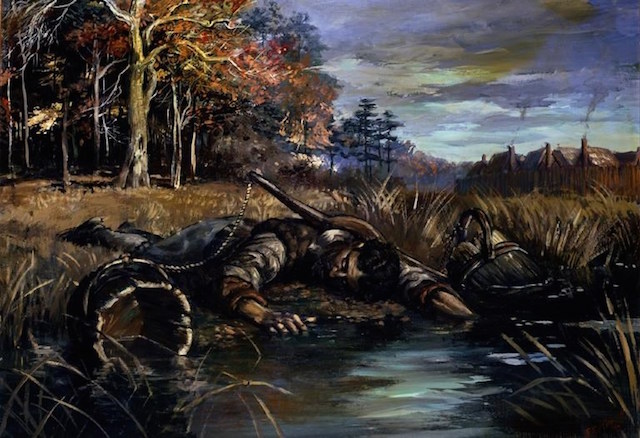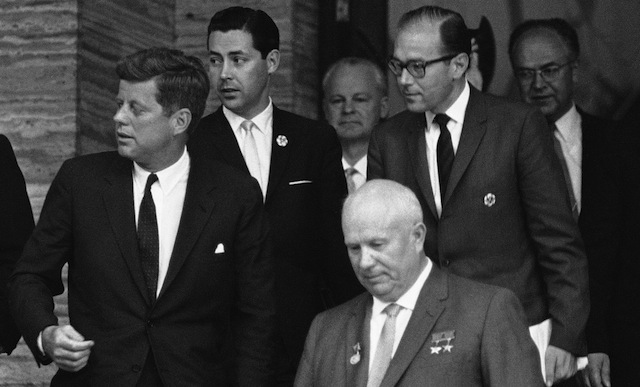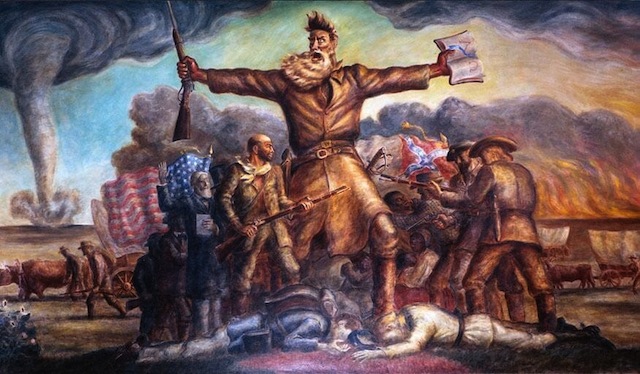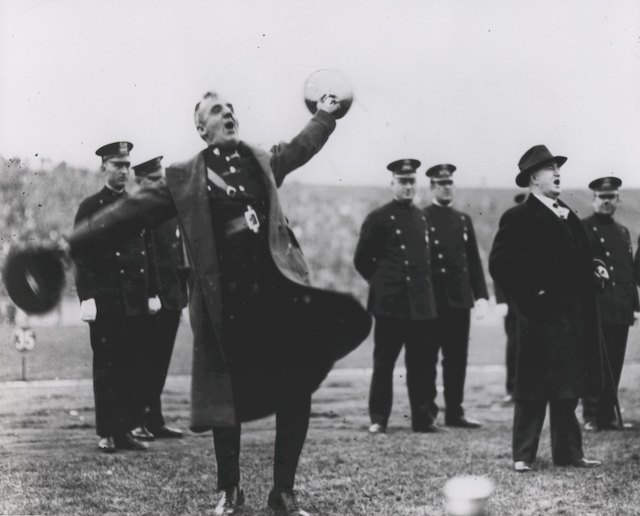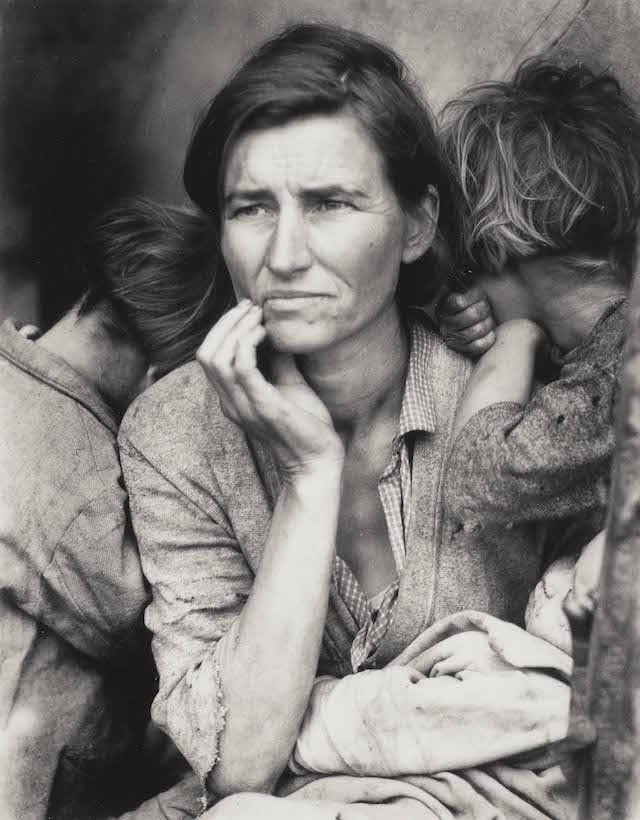The roots of the our ruling class’ disdain for protest movements can be traced all the back to World War I. (Part 2 of a two-part essay)
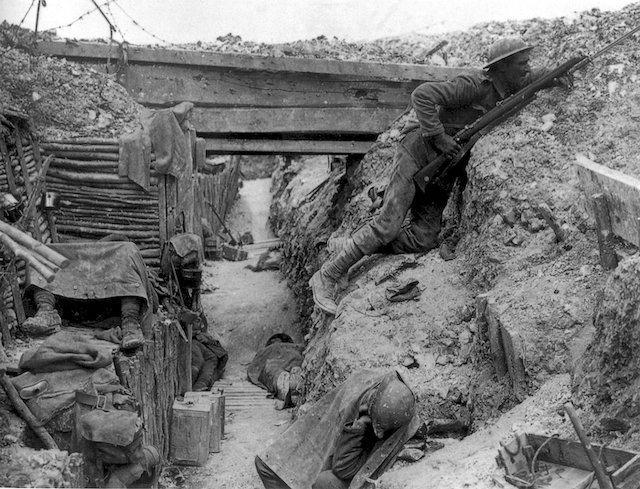
Trench warfare during World War I. (Wikimedia Commons)
Upon U.S. entry into the war, in 1917 the Wilson administration proposed and a compliant Congress almost immediately passed the Espionage Act, a direct attack on American press freedom. The law criminalized newspaper journalists who dared to oppose the war, question the official narrative, or encourage dissent. Massive fines and stiff prison sentences were dealt out with regularity throughout the war. The postmaster general, Albert Burleson, used the Act with particular vigor, banning socialist and anti-war publications from the mails, which then was the only serious method of media distribution. Continue reading

